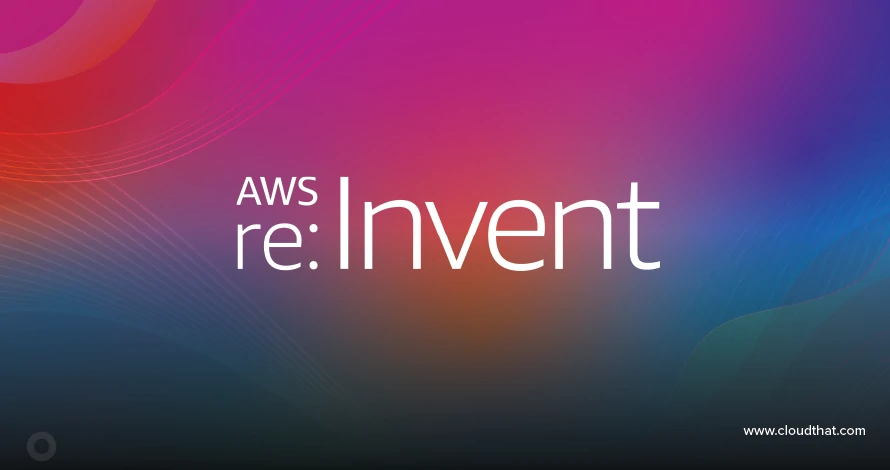In the fast-paced realm of technological innovation, the shift from monolithic architectures to more adaptable, scalable structures is a pivotal step for businesses aiming to stay competitive and agile. Modernization strategies come in various forms, each offering distinct advantages and considerations. Among these, the adoption of microservices, serverless computing, and containerization stands out as transformative pathways. Let’s delve into the comparison of these strategies to assist businesses in choosing the most suitable approach for modernizing their monolithic applications.
|
Voiced by Amazon Polly |
Understanding the Modernization Landscape
Monolithic to Modern:
Monolithic architectures, while functional, present challenges in scalability, updates, and agility due to their tightly integrated nature. As businesses seek more flexibility and scalability, modernization becomes imperative.
Pioneers in Cloud Consulting & Migration Services
- Reduced infrastructural costs
- Accelerated application deployment
Comparative Analysis of Modernization Strategies
- Microservices Architecture: Decomposition into Modular Services:
Microservices involve breaking down the monolith into smaller, independent services, each catering to specific functionalities.
– Advantages:
– Granular scalability: Each service can scale independently based on demand.
– Agility: Enables faster updates and deployments as services are decoupled.
– Technology Diversity: Allows for the use of different technologies for each service.
– Considerations:
– Complexity: Managing interactions between services can be complex.
– Data Consistency: Challenges in maintaining consistency across distributed systems.
- Serverless Computing:- Event-Driven and Code-Centric Approach:
Serverless computing involves running functions or code snippets in response to specific events or triggers without the need for managing servers.
– Advantages:
– Cost Efficiency: Pay-as-you-go model reduces costs by charging only for actual usage.
– Scalability: Automatically scales based on demand, eliminating the need for infrastructure management.
– Reduced Operational Overhead: No server maintenance or provisioning required.
– Considerations:
– Code Refactoring: Requires adapting code to fit the function-centric architecture.
– Vendor Lock-in: Potential dependency on specific cloud providers’ services.
- Containerization- Isolation and Portability
Containerization involves encapsulating application components into self-contained units called containers, allowing for easier deployment and management.
– Advantages:
– Portability: Containers can run consistently across various environments, providing flexibility.
– Resource Optimization: Efficient use of resources due to lightweight and isolated nature.
– Scaling Flexibility: Scalable and consistent deployment across multiple hosts.
– Considerations:
– Learning Curve: Requires understanding container orchestration tools like Kubernetes or Docker Swarm.
– Infrastructure Overhead: Managing and orchestrating containers can introduce operational complexities.
Choosing the Right Path: Considerations and Decision-Making Factors
- Application Complexity and Requirements:
– Evaluate the application’s architecture, dependencies, and future scalability needs to determine compatibility with each modernization strategy.
- Business Objectives and Long-Term Vision:
– Align the chosen strategy with the organization’s goals, considering the impact on time-to-market, innovation, and operational efficiency.
- Team Skillsets and Cultural Adaptation:
– Assess the team’s expertise and readiness to adapt to new technologies and methodologies associated with the chosen modernization strategy.
Freedom Month Sale — Discounts That Set You Free!
- Up to 80% OFF AWS Courses
- Up to 30% OFF Microsoft Certs
- Ends August 31
About CloudThat
CloudThat is an award-winning company and the first in India to offer cloud training and consulting services worldwide. As a Microsoft Solutions Partner, AWS Advanced Tier Training Partner, and Google Cloud Platform Partner, CloudThat has empowered over 850,000 professionals through 600+ cloud certifications winning global recognition for its training excellence including 20 MCT Trainers in Microsoft’s Global Top 100 and an impressive 12 awards in the last 8 years. CloudThat specializes in Cloud Migration, Data Platforms, DevOps, IoT, and cutting-edge technologies like Gen AI & AI/ML. It has delivered over 500 consulting projects for 250+ organizations in 30+ countries as it continues to empower professionals and enterprises to thrive in the digital-first world.
FAQs
1. What are the primary differences between microservices, serverless computing, and containerization as modernization strategies?
ANS: – Microservices involve breaking down applications into smaller, independent services, while serverless computing focuses on running code in response to events without managing servers. Containerization encapsulates application components into self-contained units. Each strategy varies in its architecture, scalability, and management approach.
2. How do businesses determine which modernization strategy suits their applications best?
ANS: – Consider the application’s architecture complexity, scalability needs, and future requirements. Microservices are suitable for intricate applications needing independent scaling. Serverless suits event-driven, scalable solutions, while containerization offers portability and resource efficiency for diverse environments.
3. Are there challenges in transitioning from a monolithic architecture to these modernization strategies?
ANS: – Each strategy presents unique challenges. Microservices can introduce complexities in managing interactions between services. Serverless may require code refactoring and might lead to vendor lock-in. Containerization demands familiarity with orchestration tools and operational complexities in managing containers across environments.

WRITTEN BY Niti Aggarwal


 Login
Login


 December 22, 2023
December 22, 2023 PREV
PREV










Comments